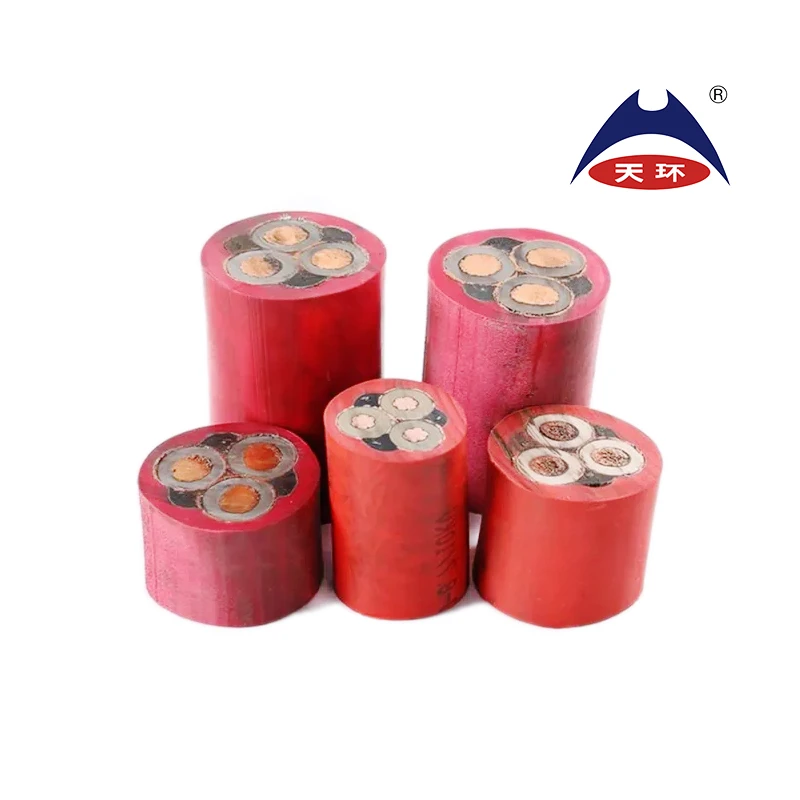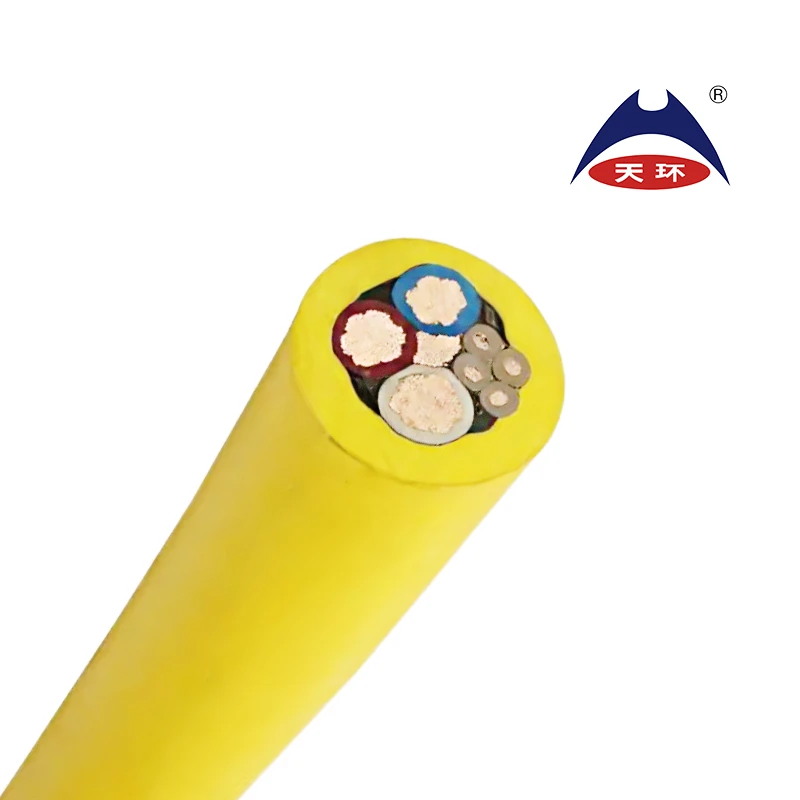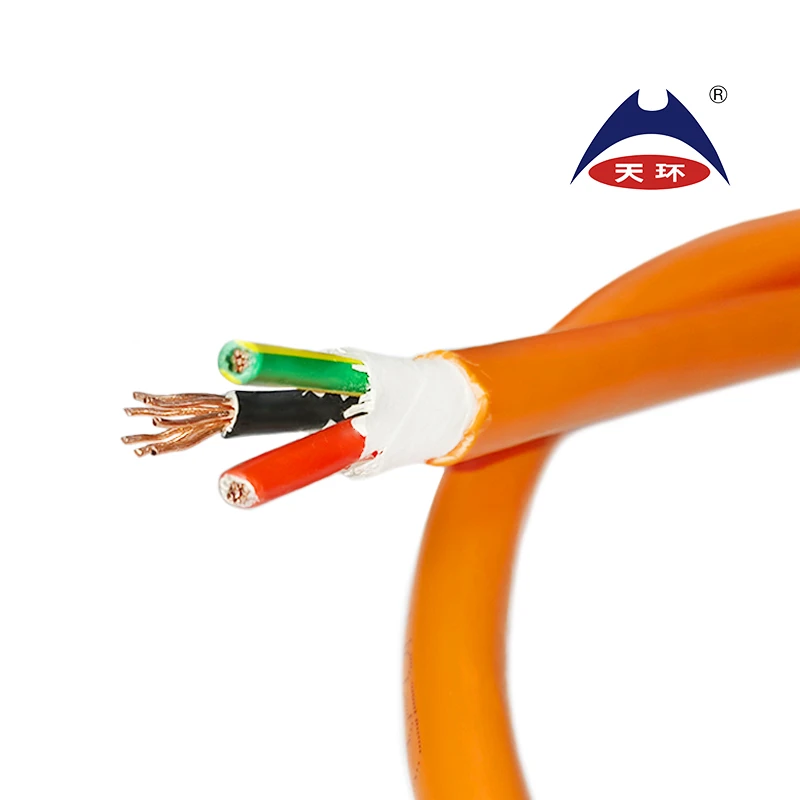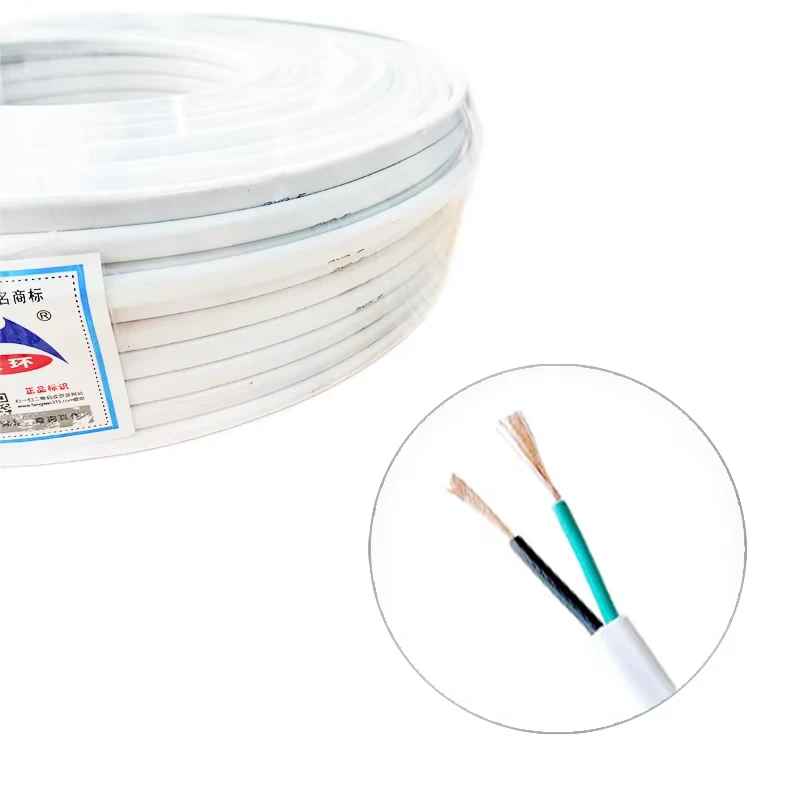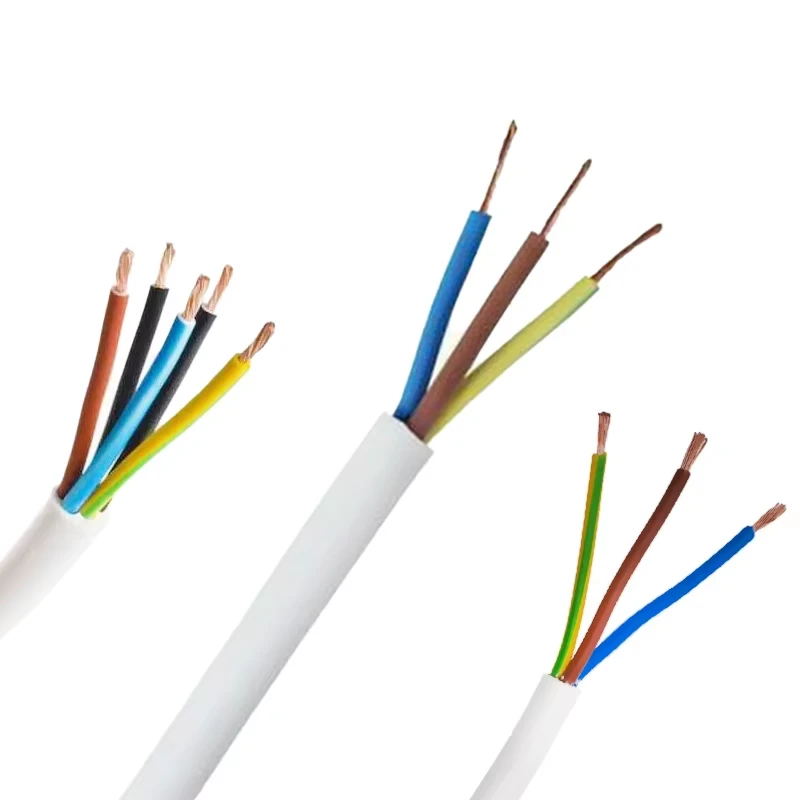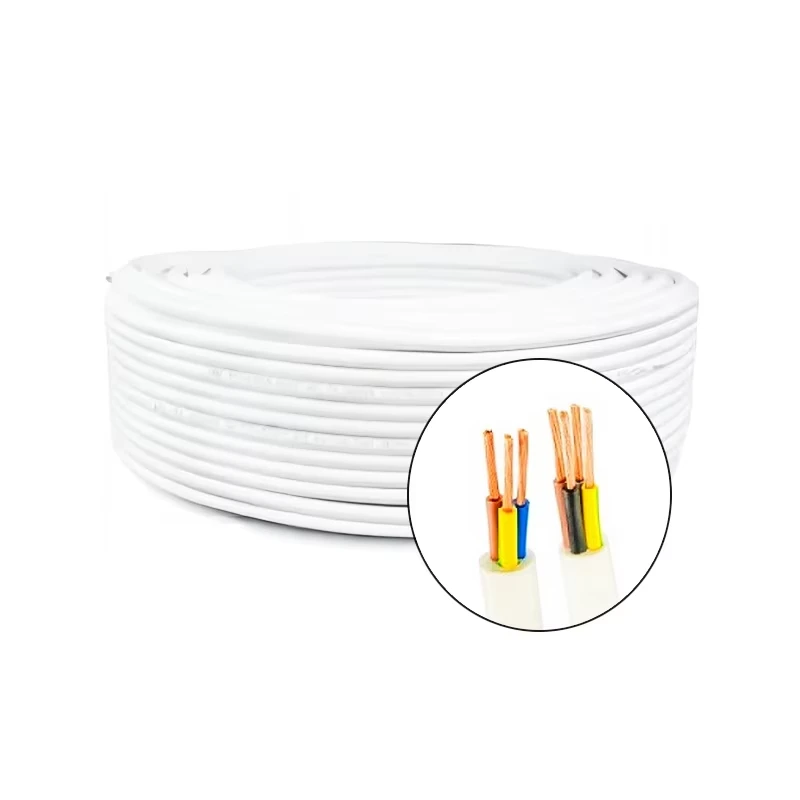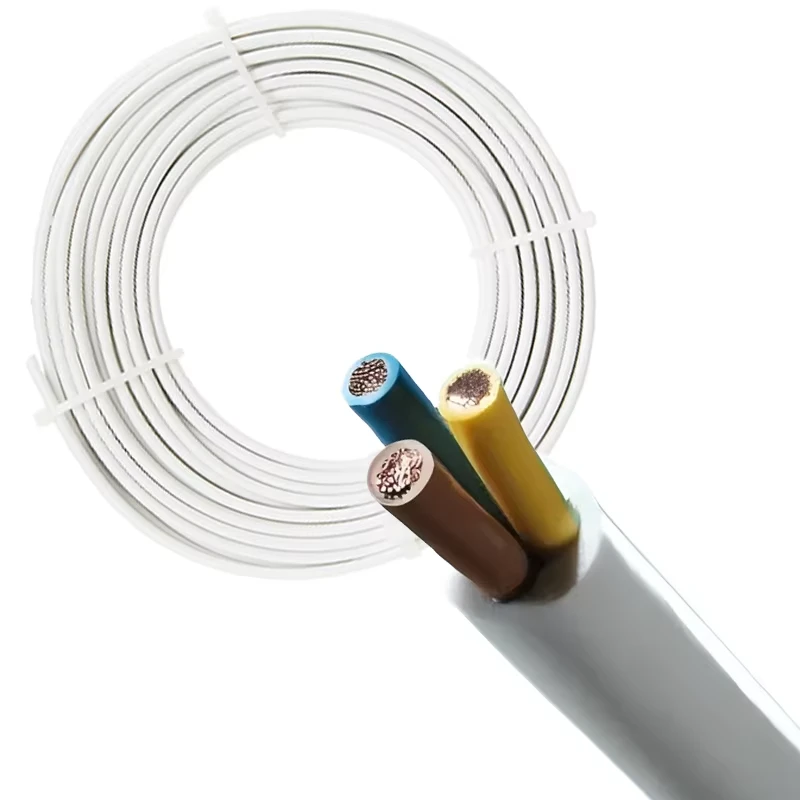
The Ultimate Guide to Choosing the Best Outdoor Cable Wires for Your Home Needs
The Best Cable Wires for Outdoor Use
When it comes to outdoor electrical installations, choosing the right cable wires is crucial for safety, performance, and longevity. Different environments present unique challenges such as moisture, temperature fluctuations, and exposure to sunlight. In this article, we’ll explore some of the best cable wires suitable for outdoor use, as well as the factors to consider when making your selection.
Types of Outdoor Cable Wires
1. UF (Underground Feeder) Cable UF cable is a popular choice for outdoor use, particularly for underground installations. It is designed to be moisture-resistant and can withstand direct burial without additional conduit. UF cable typically features a durable jacket made of thermoplastic that protects against heat, sunlight, and physical damage.
2. THWN and THHN Wires These types of wires are used in conjunction with conduit for outdoor applications. THWN (Thermoplastic Heat and Water Resistant Nylon Coated) wire is rated for wet and dry locations, making it suitable for various outdoor environments. THHN (Thermoplastic Heat-Resistant Nylon Coated) is slightly more versatile, primarily intended for dry locations but can be used in conduits where conditions are controlled.
3. NM (Non-Metallic) Cable Also known as Romex, NM cable is primarily used for indoor applications but can be employed outdoors with some considerations. If NM cable is used outdoors, it must be protected from moisture and direct exposure to sunlight, often by enclosing it in a conduit.
4. MC (Metal Clad) Cable For outdoor applications where additional protection is necessary, MC cable is a solid choice. This type of cable has an outer metal sheath that protects the insulated conductors inside. MC cable is ideal for installations in areas subject to physical damage, as well as in corrosive environments.
Key Considerations When Choosing Outdoor Cable Wires
best cable wires outside house
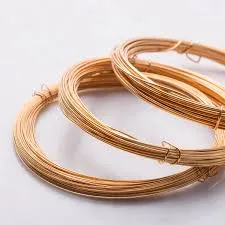
1. Application First and foremost, consider what you are using the cable for. Different applications such as powering outdoor lighting, irrigation systems, or garden equipment will require different types of cable wires.
2. Environmental Conditions Assess the environmental factors where the cable will be installed. High moisture levels, extreme temperatures, and UV exposure can all influence the type of cable you choose. For instance, cables exposed directly to sunlight should have UV-resistant insulation.
3. Local Building Codes Always check local electrical codes and regulations before selecting your cable wire. Compliance with building codes ensures safety and prevents potential hazards. Some jurisdictions may have specific requirements for outdoor wiring methods.
4. Wattage and Voltage Ensure that the cable you choose can handle the wattage and voltage needed for your application. Overloading a wire can lead to overheating and potential fire hazards.
5. Durability and Lifespan Look for products specifically designed for outdoor use that offer resistance to abrasion, moisture, and varying temperatures. Investing in quality cables may cost more upfront but can save money in the long run by avoiding replacement costs.
Conclusion
Selecting the right cable wires for outdoor use is critical for ensuring safety and performance. UF cables are ideal for underground applications, while THWN and THHN wires provide versatility for many outdoor installations. For added protection, consider MC cables in areas vulnerable to physical damage. Always evaluate the application, environmental factors, and comply with local regulations when making your choice. With the right outdoor cables, you can ensure a safe and efficient electrical system that meets your needs for years to come.
-
Reliable LIYCY Cable Solutions for Low and Medium Voltage ApplicationsNewsJul.14,2025
-
Premium Overhead Electrical Wire Solutions for Low and Medium Voltage ApplicationsNewsJul.14,2025
-
Innovative XLPE Electrical Cable Solutions for Modern Low and Medium Voltage NetworksNewsJul.14,2025
-
High-Quality Ethylene Propylene Rubber Cable – Durable EPDM Cable & 1.5 mm 3 Core OptionsNewsJul.14,2025
-
Exploring the Versatility of H1Z2Z2-K 1X4mm2 Cables in Modern ApplicationsNewsJul.14,2025
-
Uses of Construction WiresNewsJul.14,2025
-
Types of Neoprene CableNewsJul.14,2025





